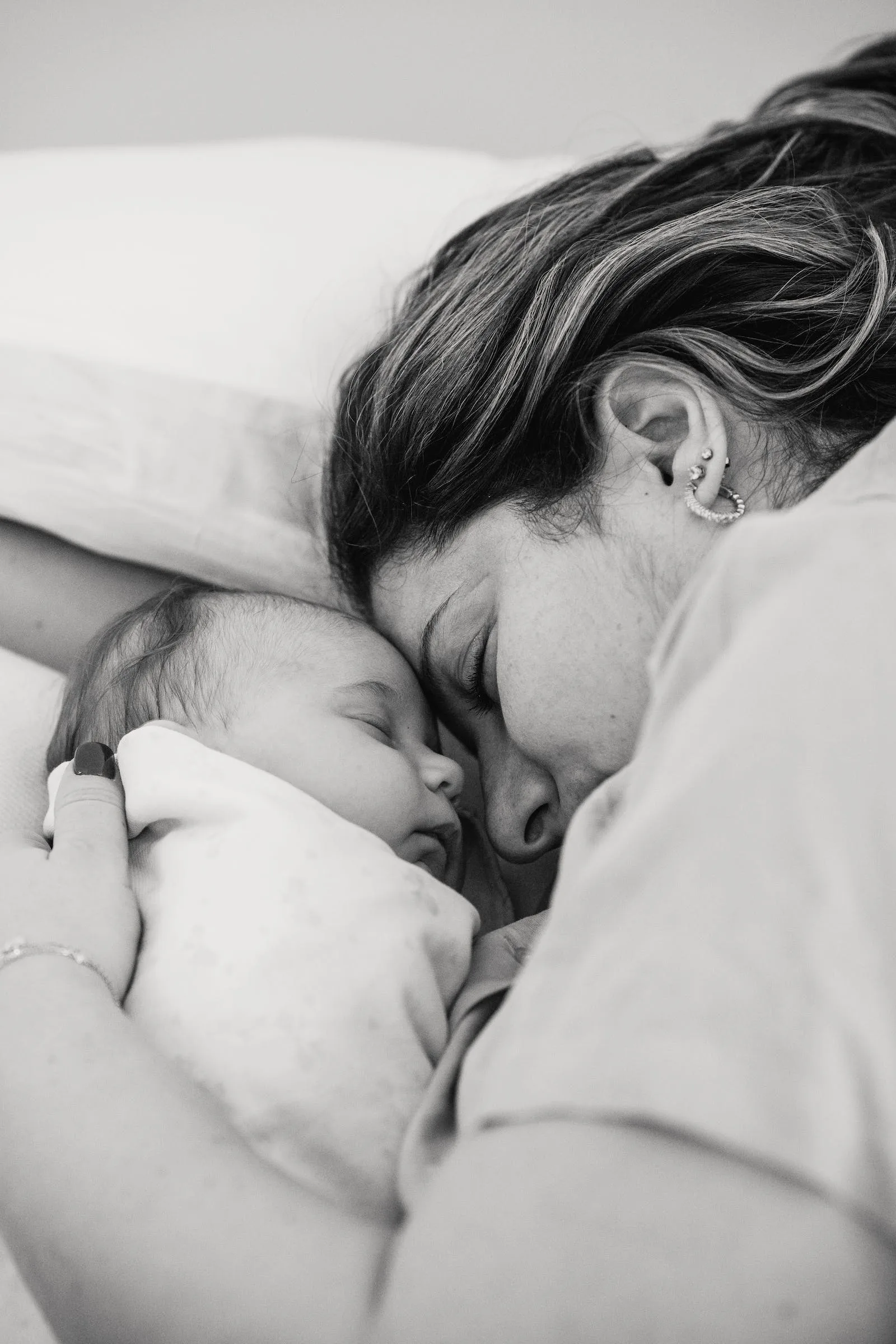There are several non-surgical methods for removing belly fat that you can consider
- Exercise: One of the most effective ways to reduce belly fat is through regular exercise. Specifically, cardiovascular exercise such as running, biking, or swimming can help burn calories and reduce overall body fat, including belly fat. Strength training exercises such as planks, crunches, and squats can also help tone the abdominal muscles and give the appearance of a flatter stomach.
- Diet: What you eat plays a significant role in the accumulation of belly fat. Focus on eating a balanced diet that includes lean protein, whole grains, fruits, and vegetables while minimizing processed foods, sugar, and saturated fat. Consider reducing your calorie intake as well to create a calorie deficit that can help you lose weight overall.

- Lifestyle changes: Making lifestyle changes such as getting enough sleep, managing stress, and reducing alcohol consumption can also help reduce belly fat. Lack of sleep and high levels of stress can lead to increased cortisol levels, which can contribute to the accumulation of belly fat. Similarly, alcohol is high in calories and can contribute to weight gain if consumed in excess.
- CoolSculpting: CoolSculpting is a non-surgical fat reduction treatment that uses freezing temperatures to destroy fat cells. The procedure is safe and effective and can be performed in a doctor’s office or medical spa.
- Ultrasound: Ultrasound treatments can also be used to remove belly fat. During the treatment, high-frequency sound waves are used to break down fat cells, which are then naturally eliminated by the body.
- Radiofrequency: Radiofrequency treatments can also be used to target belly fat. During the treatment, heat energy is used to destroy fat cells, which are then eliminated by the body over time.

It’s important to note that while these non-surgical methods can be effective in reducing belly fat, they may not work for everyone. It’s always a good idea to consult with a healthcare professional before starting any new weight loss program or treatment.



















